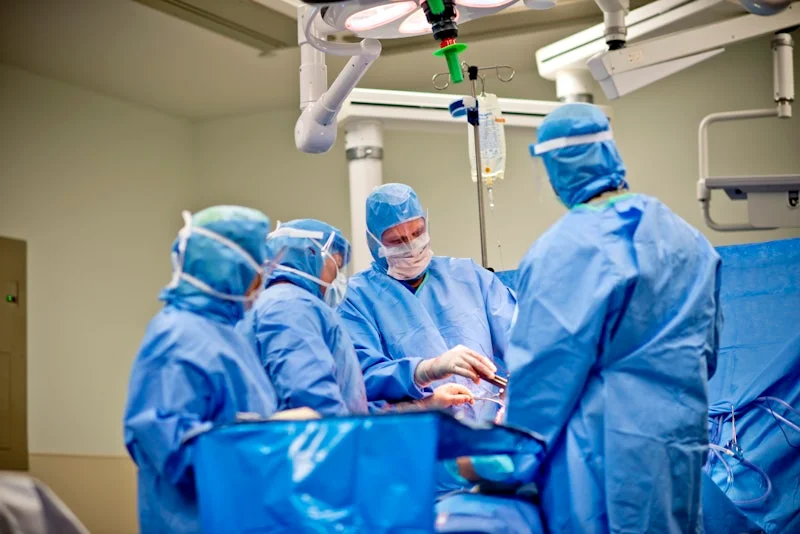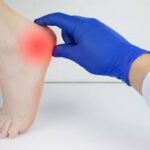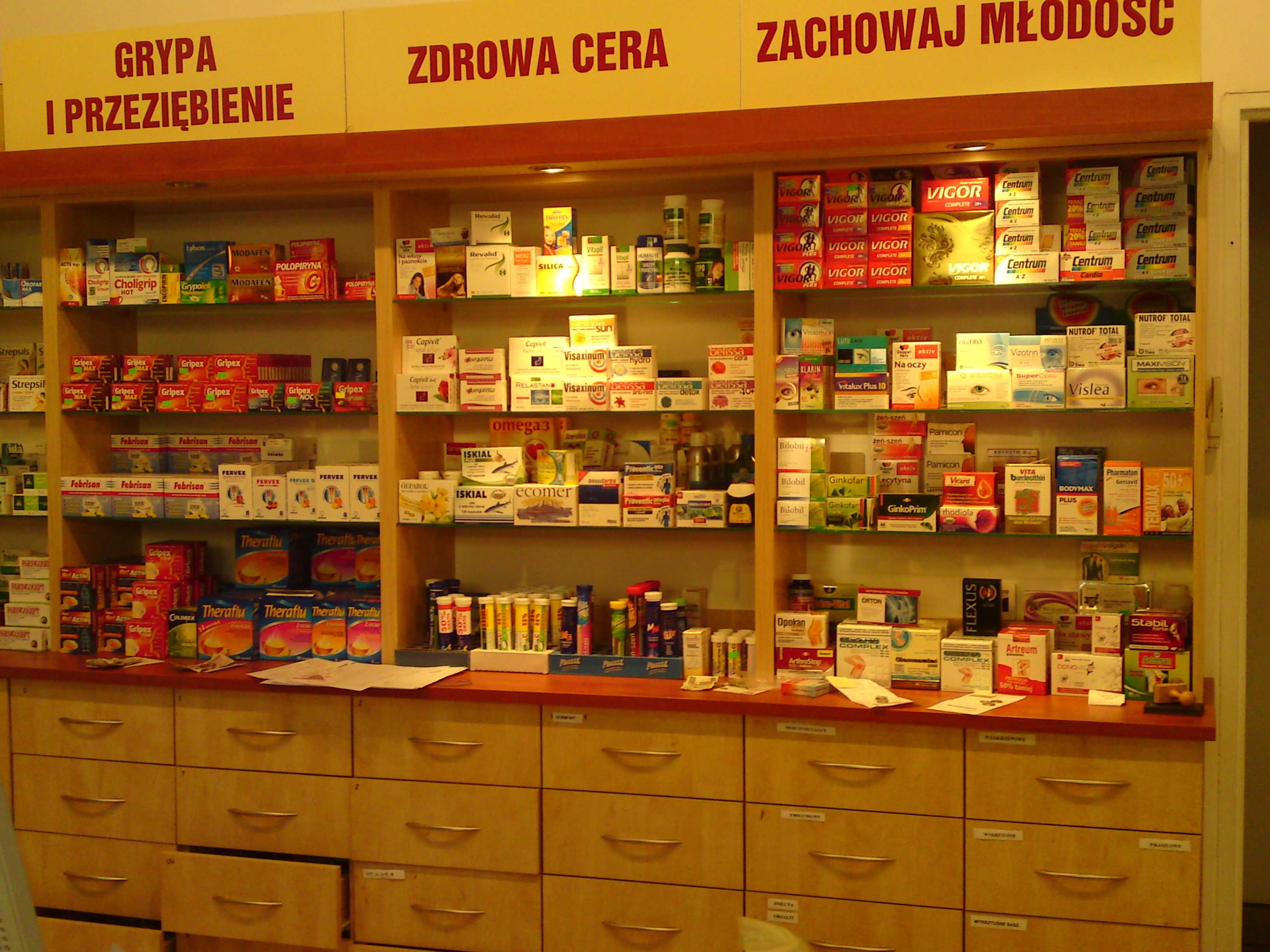Orthopedic surgery has experienced significant advancement through the development of minimally invasive procedures, computer-assisted technologies, and regenerative medicine approaches. These innovations have transformed how surgeons treat musculoskeletal conditions, offering patients reduced recovery times and improved outcomes. Here are three major categories of innovative surgical techniques that orthopedic surgeons currently employ in their practice:
Exploring Minimally Invasive Approaches
Orthopedic surgeons use minimally invasive surgery when possible, which represents a significant departure from traditional open surgery techniques. Surgeons perform these procedures through small incisions, typically measuring less than one inch in length, rather than the larger incisions required for conventional surgery. This can reduce scarring and improve recovery times.
Arthroscopic surgery serves as a prime example of a minimally invasive technique. Surgeons insert a thin, flexible tube equipped with a camera and light source into the joint through a small incision. This arthroscope provides real-time visualization of internal structures on a monitor, allowing surgeons to diagnose and treat various joint conditions with minimal tissue disruption.
The technique has found widespread application in knee, shoulder, hip, and ankle procedures. Surgeons frequently use arthroscopic methods to repair torn meniscus, reconstruct ligaments, remove loose cartilage, and treat various inflammatory conditions. The smaller incisions result in reduced scarring, decreased infection risk, and faster recovery periods compared to traditional open surgery.
Understanding Robotic Surgery
Technology integration has introduced unprecedented precision to orthopedic procedures. Computer-assisted surgery systems provide surgeons with detailed preoperative planning capabilities and real-time guidance during procedures. Navigation systems use advanced imaging technology to create detailed three-dimensional models of patient anatomy. These systems track surgical instruments in real-time, providing surgeons with precise positioning information throughout the procedure.
Robotic-assisted surgery has gained prominence in joint replacement procedures. These systems combine preoperative imaging with robotic precision to assist surgeons in achieving optimal implant positioning. The robot does not operate independently but serves as an advanced tool that enhances the surgeon’s capabilities.
Utilizing Regenerative Medicine
Regenerative medicine represents a paradigm shift from traditional surgical repair to biological healing enhancement. These techniques focus on stimulating the body’s natural healing processes rather than simply addressing mechanical problems. Platelet-rich plasma (PRP) therapy involves concentrating platelets from a patient’s own blood and injecting them into injured tissues. The concentrated platelets release growth factors that may promote tissue healing and reduce inflammation.
Stem cell therapy utilizes the body’s own repair mechanisms by harvesting stem cells from various sources, including bone marrow and adipose tissue. These cells possess the ability to differentiate into various tissue types and may contribute to tissue regeneration when properly applied. Tissue engineering approaches combine biological materials with synthetic scaffolds to create new tissue. These techniques have shown promise in cartilage repair, where surgeons can implant engineered cartilage constructs to restore joint function.
Find Orthopedic Surgeons
The integration of minimally invasive techniques, computer assistance, and regenerative medicine has fundamentally changed orthopedic surgery practice. These innovations have reduced surgical trauma, improved precision, and expanded treatment options for patients with musculoskeletal conditions. Consult with an orthopedic surgeon to learn more about your condition and get a treatment plan.







